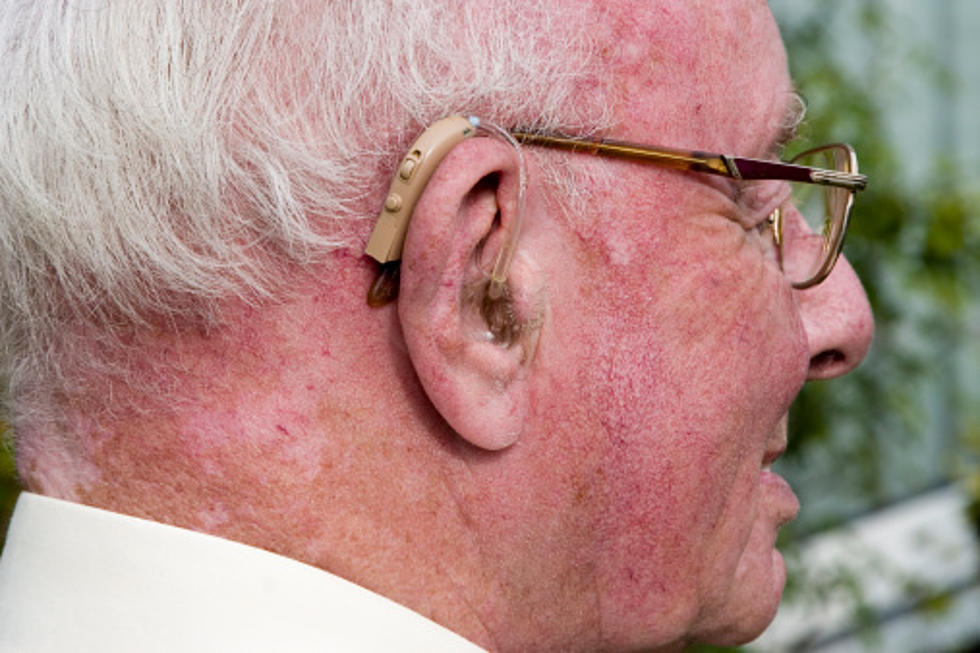
MSU Senior Publishes Research On Yellowstone Fungi, Wheat Stem Sawfly
BOZEMAN – A trip to Yellowstone National Park with her parents while she was still in high school was all Colorado native Meg Branine needed to cement her decision to attend Montana State University.
Branine was so drawn to the question of how the thermal ecosystem worked that she decided she wanted to attend college as close as possible to the park. She moved to Bozeman to attend MSU in 2016.
“I was fascinated to see that there were microorganisms living in pools of boiling acid, essentially,” said Branine. “I wanted to come to MSU because of the research community in microbiology on this campus.”
Now a senior in the Department of Microbiology and Immunology housed in the College of Agriculture and College of Letters and Science, Branine is a published author with hands-on research experience in the scientific community she’d been so excited to join.
In the fall of 2017 Branine met assistant professor of microbiology and immunology Sara Branco. Branco had just joined the MSU faculty and was looking for students to assist in her lab, which focuses on the ecology and evolution of fungi and includes an ongoing project focused on the fungi that live in Yellowstone. She was immediately impressed when Branine visited her lab that semester.
“She came in and said, ‘I read your paper,’ and she pulls out my most difficult paper that absolutely no one can understand,” said Branco. “I thought, if she went through the pain of reading that paper, she really wants to be here. But that’s Meg. She’s very curious, very driven.”
Branco had just begun a new project studying endophytic insect-pathogenic fungi, which are unique because they play two roles in their plant hosts: aiding growth while also exhibiting properties that are toxic to insect pests. Little was known about the potential uses of those fungi when Branco began exploring them, and she brought Branine on to help explore the topic.
With funding from the Undergraduate Scholars Program, Branine worked with Branco to conduct an experiment that sought to better understand the plant-fungi-insect interaction. They wondered if there were tradeoffs: Did the insect-killing properties inhibit the fungi’s symbiotic relationship with the plant? Did living in the plant limit the fungi’s ability to kill insect pests?
To evaluate the fungi’s pathogenic abilities, she bathed wheat stem sawfly larvae in spores from the fungi, waiting to see how long it took for the larvae to die. To assess the fungi’s benefits to the plant, she inoculated wheat plants with spores and measured how the wheat responded in terms of height, chlorophyll content and number of seeds. In the end, she found that the fungi weren’t quite as good at doing both at once – benefitting the plant while also killing pests – as they were when doing only one of those tasks, but the tradeoff was minimal.
In the midst of Branine’s research, Branco was approached about writing an overview of the knowledge of the endophytic insect-pathogenic fungi for the research journal PLOS Pathogens. Since Branine was doing hands-on work on the topic, Branco approached her about authoring the review. Branine, as lead author, worked with Branco and post-doctoral researcher Anna Bazzicalupo, and their paper, “Biology and Applications of Endophytic Insect-pathogenic Fungi,” was published in July.
“I knew Meg could do it,” said Branco. “She gets so excited and she truly wants to know, and that’s one of the things that sets her apart. For Meg, hard work is not a deterrent.”
Two years after she began in Branco’s lab, Branine is now applying to graduate school to continue her studies in microbiology. She presented her research at MSU’s Undergraduate Scholars event last spring and again at a poster session this fall, as well as at the annual meeting of the Mycological Society of America over the summer in Minneapolis.
Branine is currently preparing to present again, this time at the National Conference on Undergraduate Research at MSU in March. As she looks to her future, she can be confident that her experiences as an undergraduate have set her apart from other undergraduates, said Branco.
“It’s been really great,” Branine said of her research experience and collaboration in Branco’s lab. “Dr. Branco has always encouraged what I want to do in the future as a microbiologist. She’s very supportive.”
Branco said she has no doubt Branine will continue her pattern of success.
“Most undergraduates do not have first-author publications, and she got that USP funding and a couple other scholarships, so she has a very strong record,” said Branco. “She’ll do well in whatever she does next.”









